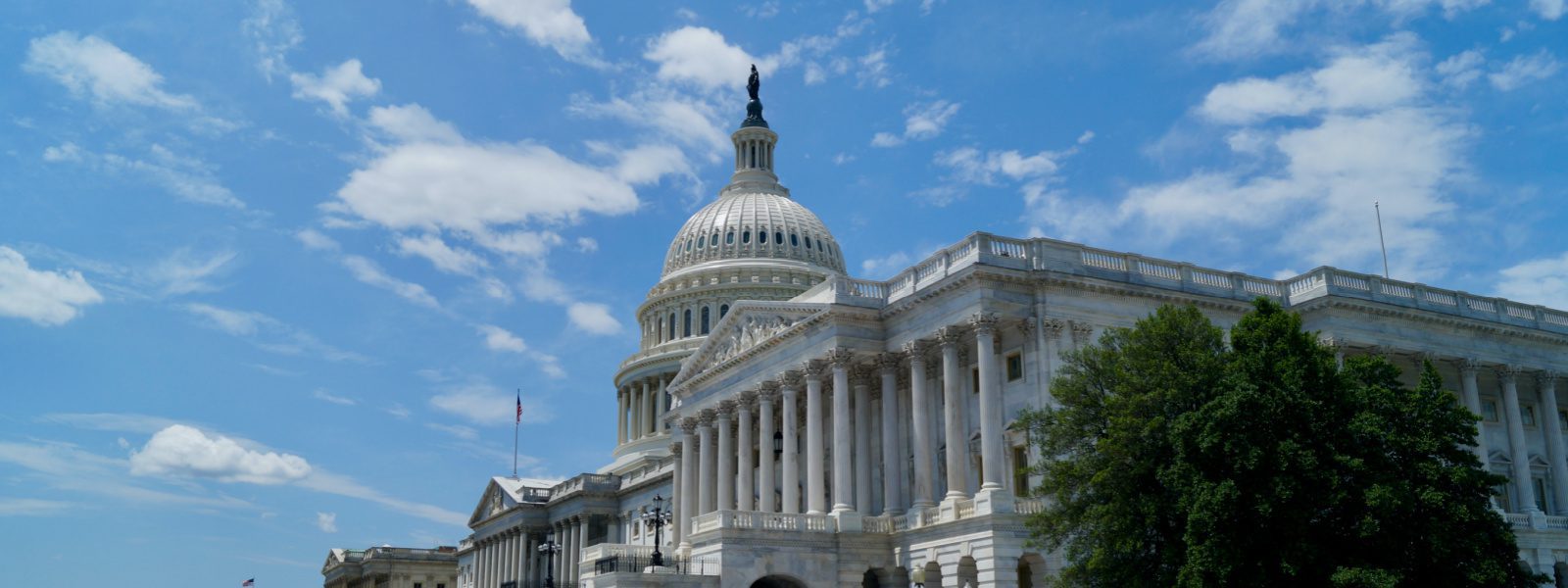The Corps Network, a new member of Independent Sector, is the National Association of Service and Conservation Corps. Over 130 Corps provide young adults and veterans the opportunity to serve our country through projects on public lands and in rural and urban communities. Corps are locally-based organizations that engage young adults (generally ages 16-30) and veterans (up to age 35) in service projects that address recreation, conservation, disaster response, and community needs.
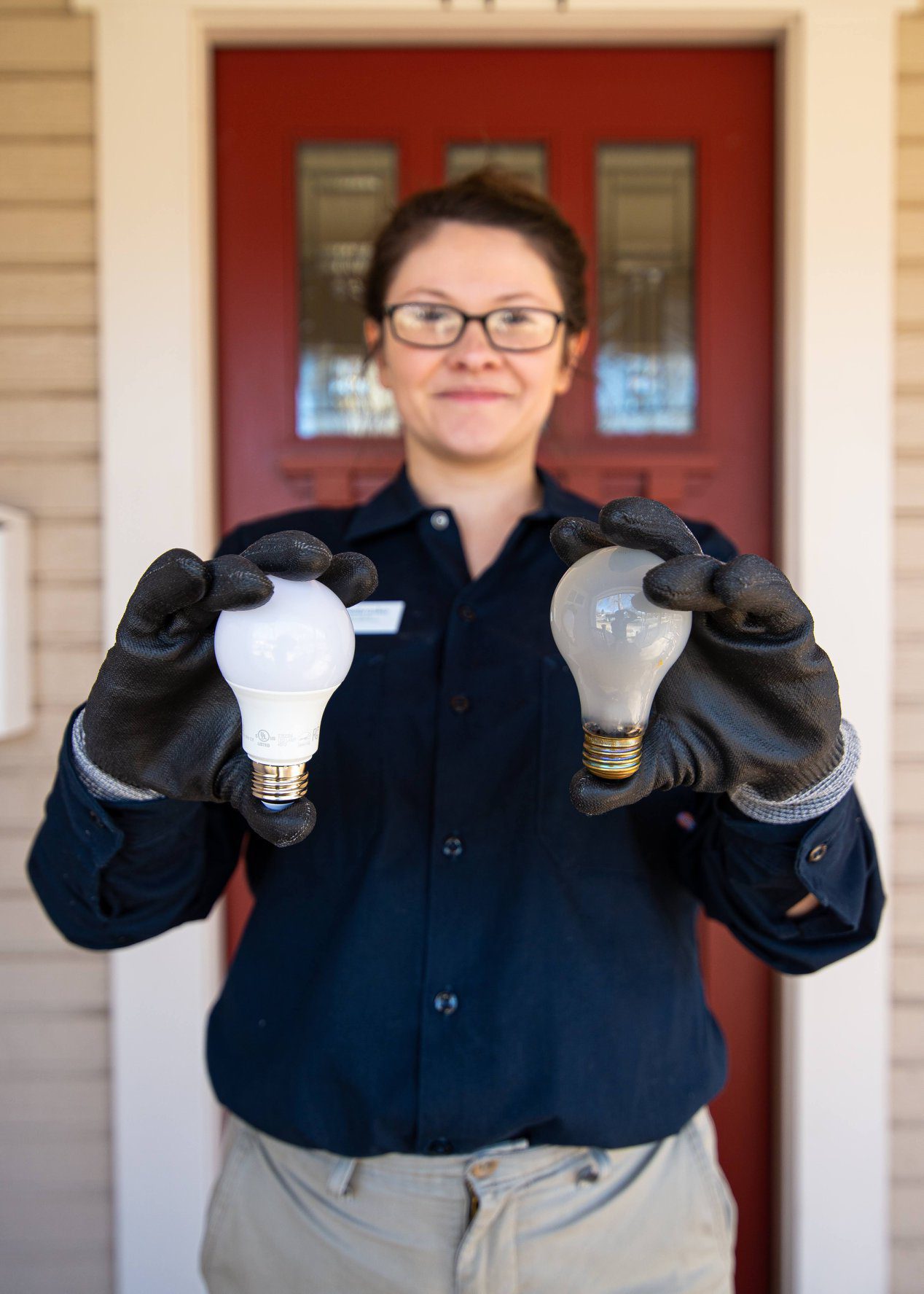
A Corpsmember with the Larimer County Conservation Corps in Colorado is seen working on energy efficiency and conservation. Photo courtesy of The Corps Network
Through a term of service that may last from a few months to a year, Corps participants – or “Corpsmembers” – gain work experience and develop in-demand skills. The Corps Network supports Corps by advocating on their behalf, providing access to funding and project opportunities, and by offering expertise in operations and programming. Every year, The Corps Network’s efforts enable approximately 20,000 diverse young people and recent veterans to strengthen communities, improve the environment, and transform their lives through service.
We spoke with Hannah Traverse, communications manager, and Bobby Tillett, member services manager, about how The Corps Network supports over 130 Corps organizations across the country.
IS: Tell us about your organization’s areas of interest and the communities you serve.
HT & BT: Our mission is to transform young people’s lives through conservation and civic engagement. Our Corps programs are local or regionally based, and engage young adults or veterans in a term of service completing conservation focused projects. Through their service, the Corps participants – or “Corpsmembers” – learn job skills through hands-on experience. Many Corpsmembers are enrolled in AmeriCorps. The Corps Network provides support to make sure Corps programs can provide quality programming for youth participants and the communities they serve. At a broad level we raise the profile of Corps and share information and stories about their impact. We also engage with President Biden’s Administration, leaders in Congress, and some local officials in our advocacy and awareness efforts.
Like Independent Sector, we are a member organization. Our membership currently includes 137 Service and Conservation Corps programs across the country.
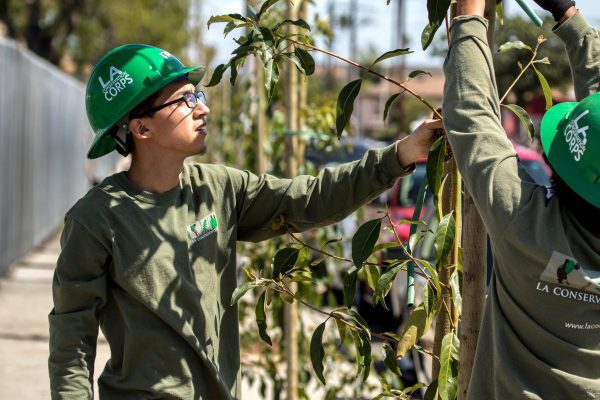
A Corpsmember with the Los Angeles Conservation Corps is seen working on a project. Photo courtesy of The Corps Network
One thing we do is collaborate with government agencies that work with and are interested in promoting and supporting Corps. Additionally, we provide technical assistance through one-on-one work with Corps, and offer a resource library and an accreditation program for Corps organizations that can demonstrate high-quality programming and operational standards. Our work includes management of AmeriCorps grants: we subgrant funding to many of our Corps so they can enroll their Corpsmembers in AmeriCorps.
IS: As an Independent Sector community member, what are you looking forward to that will help your organization better achieve your mission and serve your community?
HT & BT: Most of our member organizations are nonprofits and we want to make sure they thrive and have what they need. We are also interested in national partnerships that support our members in providing workforce development. In building more of those partnerships, we know we can learn from other nonprofit organizations.
Our Corps serve in all kinds of communities from rural to urban and in between, and because of that range, we can also learn a lot from different organizations working in a variety of settings and communities.
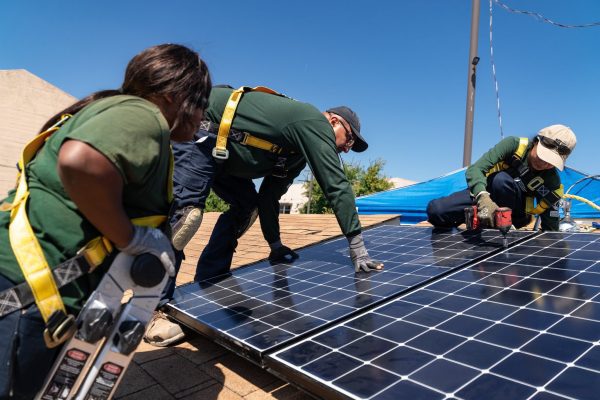
Corpsmembers with the Fresno Local Conservation Corps work on a solar panel project. Photo courtesy of The Corps Network
IS: What are some of your organization’s core or special programs?
HT & BT: Corps do a range of work, including projects around climate resiliency, conservation, community improvement, and expanding access to the outdoors. The types of projects Corps are engaged in really runs the gamut, with everything from solar installation to green infrastructure to habitat restoration, disaster response, and trail work. Through these national service projects, Corps provide their Corpsmembers workforce development training.
IS: Tell us about aspects of your work that helps support or advance collaboration with individuals and the nonprofit sector to create a healthier sector and a racially equitable and just nation.
HT & BT: We have programming to support the Corps community in addressing racism and advancing equity. Through our Moving Forward Initiative, we offer opportunities for Corps to engage in programming about confronting racism and advancing equity and healing. This has included workshops, resources, and learning communities to help Corps develop a foundation on which to examine racism in the United States.
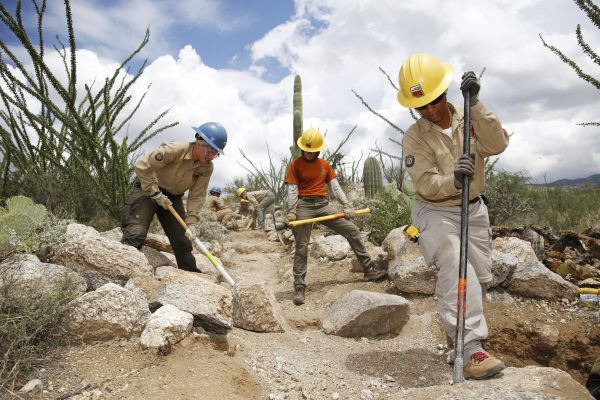
Corpsmembers with the Arizona Conservation Corps are seen at work. Photo courtesy of The Corps Network
We also developed an interactive experience called “Corpsmember Liberation and Leadership,” a curriculum for young people of color that explores the impact of systemic racism on the individual. Participants examine how they have absorbed negative messages and learn tools to replace these messages with new life-giving patterns.
Further – amidst national conversation about establishing a Civilian Climate Corps initiative – our proposals for expanding Corps service include a call for equitable investment, with a focus on intentionally enrolling and supporting women, young people of color, urban and rural youth, and others from historically disenfranchised communities.
IS: What is one of the most memorable moments that has occurred at your organization in which you realized that your work contributed to a healthy and equitable society? What partnerships are making a difference in your work?
HT & BT: Every year we give awards at our conference. In March we honored the California Conservation Corps for the huge number of participants in their wildfire response and mitigation work. We also honored PowerCorpsPHL. PCPHL engages young people in service to the park system and green infrastructure in Philadelphia, PA. They have also lost 12 young people, including ten to gun violence. To honor Corpsmembers whose lives were taken, PCPHL built a memorial park adjacent to their project headquarters and training center in Philadelphia’s East Fairmount Park. In addition to recognizing organizations, we also honor a select group of outstanding Corpsmembers with the Corpsmember of the Year award. The conference is a great opportunity to hear directly from them about their personal stories and accomplishments through service.
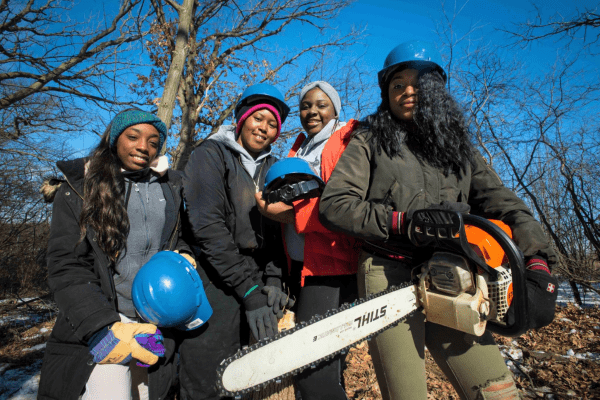
Corpsmembers who worked on the Operation Fresh Start project take a moment to rest. Photo courtesy of The Corps Network
Overall, during the pandemic, many Corps programs temporarily pivoted from their service in conservation to address urgent needs, including staffing food banks, supporting field hospitals, and other support.
I would highlight our partnership with The Nature Conservancy (TNC) and NOAA in the Gulf of Mexico with the GulfCorps’ coastal restoration work. Through that partnership, The Corps Network provides professional development and operational support to several Corps across the Gulf. The Corps focus on day-to-day management of Corpsmembers and projects; and TNC provides technical expertise. We also have a national partnership with the National League of Cities to connect children with nature and expand access to green space for youth and young adults.
IS: What are you working on for the future? What else would you like to add?
HT & BT: There is a lot of conversation recently about the Civilian Climate Corps and initiating different policy proposals to expand this work through the Corps community. It is an exciting time for us to work with other partners interested in this, and expand the message of the value of Corps in both combating climate change and administering high-quality work-based learning experiences.
Learn about other Independent Sector members and becoming a member.

